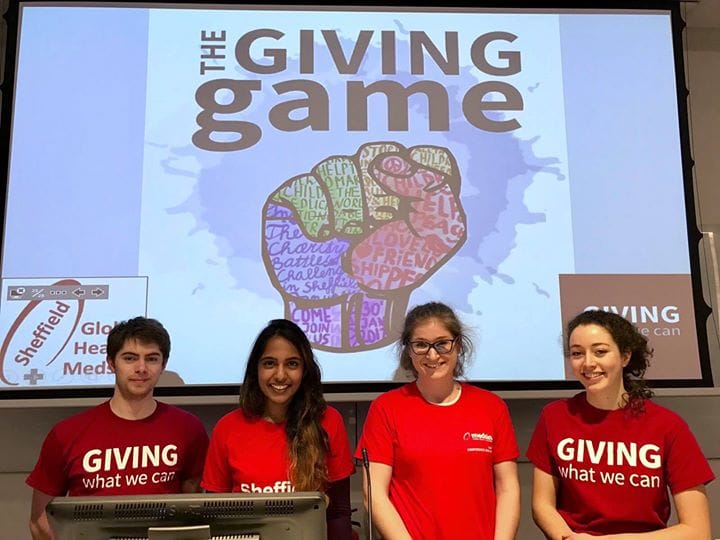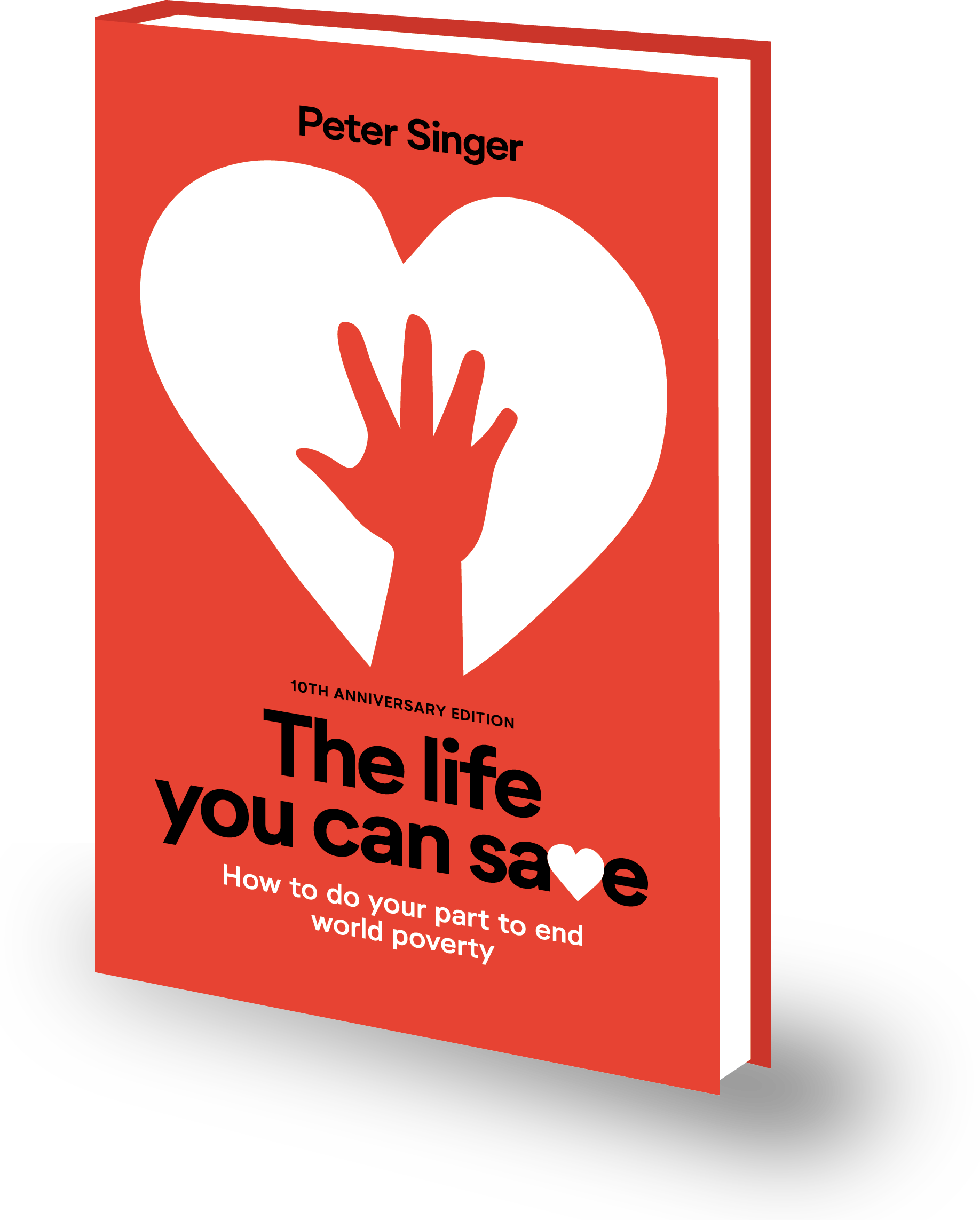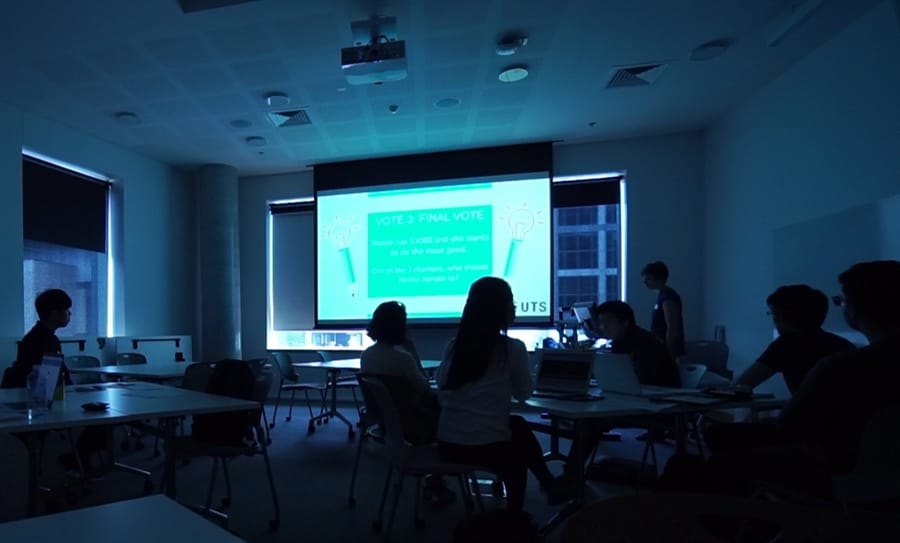I’ve always believed that bringing the Giving Game Project to scale would be the hardest part of our mission to create a scalable, effective, and affordable system of philanthropy education. So historically, I’ve made growth a top priority. If the project wouldn’t work because it wouldn’t scale, I wanted to find that out as quickly as possible.
This strategy has been shifting recently, and these changes are indicative of our future direction. We’re placing less emphasis on growth, and as discussed below, we’ll actually take some steps to suppress growth. Instead, we’ll be re-focusing on three related priorities: finding sustainable funding for the next stage of our development, improving the way we followup with participants after a GG, and providing measurable results of the project’s efficacy.
We’ve adjusted course due to two developments, one positive and one negative.
On the positive side, we’re seeing more evidence than ever that the project can scale. There continues to be extensive demand for Giving Game funding, with much of that demand coming from sources with the potential for significant growth. And there are many actions we could easily take to spur growth if we had the capacity to grow faster.
However, the negative development has been that capacity has not kept pace with demand. The most recent Giving Games fundraising campaign raised enough to exceed our urgent needs, but fell short of our baseline target and didn’t come close to meeting our reach goal (more details about these levels here). So we simply don’t have the money we need to sponsor a quickly growing number of Giving Games.
Our new top priorities
Finding sustainable funding
Finding large funders who can sustain and expand the project is critical. In addition to devoting more time to fundraising, I’ve stepped up my efforts to articulate and distribute a vision for how Giving Games will operate at scale. This includes a recent article in Alliance, a philanthropy sector magazine. Are Giving Games a Better way to Teach Philanthropy? analyzes the history of philanthropy education and examines the Giving Game model in that broader context. (This article is currently paywalled, re-post forthcoming on The Live You Can Save’s blog).
I’ve also been working on a “Vision Document” that explains the logic behind the Giving Game Project in a structured and detailed way. I’ll share this soon on The Life You Can Save’s blog.
The Life You Can Save will get more restrictive about which Giving Games we sponsor. This will help lower our run-rate and extend our operating runway, while also helping us improve our post-game communication with Giving Game participants as described below.
Post-game engagement machine
When the 2017-18 school year starts in the fall, we’re going to be much stricter about requiring participants to complete a short post-game survey. We’ll incentivize this behavior in some way, likely by stipulating that the donation will only be made if a certain threshold of people complete the survey. (Note that this requirement only applies for Giving Games sponsored by The Life You Can Save, though we’ll encourage other sponsors to adopt the same process.)
This change serves two purposes. First, it will provide us a much better and more comprehensive window into how participants think and how they perceive their experience. This data will help us measure how well our programs are working and how they can be improved.
The new requirements will also systemize the process of collecting email addresses, while providing participants with the opportunity to opt in to further communication. This is an essential step in our ability to create sustained dialogue with participants. We plan to develop an “onboarding sequence” tailored to people who are new to learning about effective giving. By creating ongoing communication with participants, we can significantly improve our ability to influence their giving.
Providing Measurable Outcomes
The data we collect from the Post-Game Engagement Machine (PGEM) (survey responses, subscription rates, donation rates, etc.) will significantly improve our ability to measure how our work influences giving behavior and which formats deliver the best results. This data from the field will be immensely valuable, but it won’t be the only source of insights into our impact.
We’re working on two experiments with our academic partners to improve our understanding of whether and how Giving Games work and influence behavior over the long-term. The first, which is in early stages of data collection, is a randomized field experiment at a community college in Texas. It will examine differences in behaviors and attitudes between philosophy students who participate in a Giving Game and those who learn similar content in other ways.
The other study is still in the planning stages, but should get going in the fall. This will be be a randomized lab study at Harvard that will try to tease apart the underlying mechanisms of a Giving Game (e.g. effects of learning content about effective giving vs. effects of donating money for free) and study whether those mechanisms produce sustained effects either individually or in combination.
Another related project is an online Giving Game we’re developing with partners at MIT’s Media Lab. We expect to use this platform to run numerous experiments studying actual giving decisions, and will be sharing more about our plans soon.
Going forward
The new priorities complement each other. The process of creating the vision document refined my understanding of how the post-game engagment machine should be designed. The PGEM supplies data to allow for measurement of outcomes, and both these priorities will help attract funders.
Together, these priorities will form a foundation for the next stage in the Giving Game Project’s evolution. If we’re successful in executing on them, we’ll have the funding and infrastructure in place to continue along our historical growth trajectory.
Going forward, we’ll be piloting some new ideas and building out parts of the post-game engagement machine. Stay tuned to The Life You Can Save’s blog for more updates.
Send questions to: givinggames@thelifeyoucansave.org



